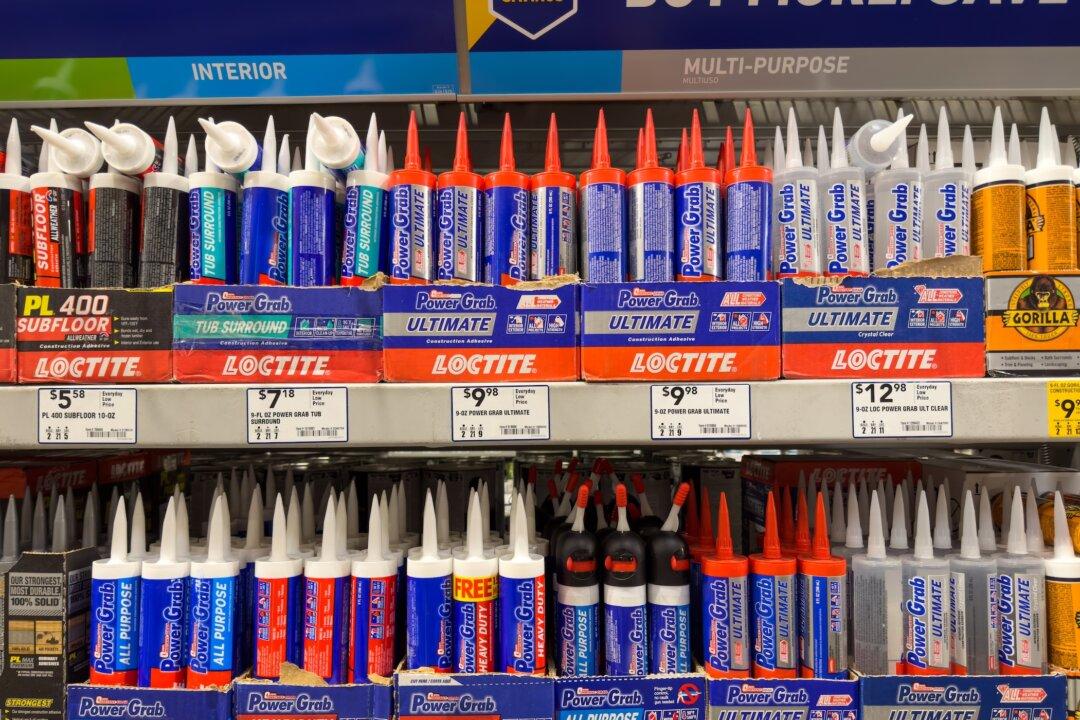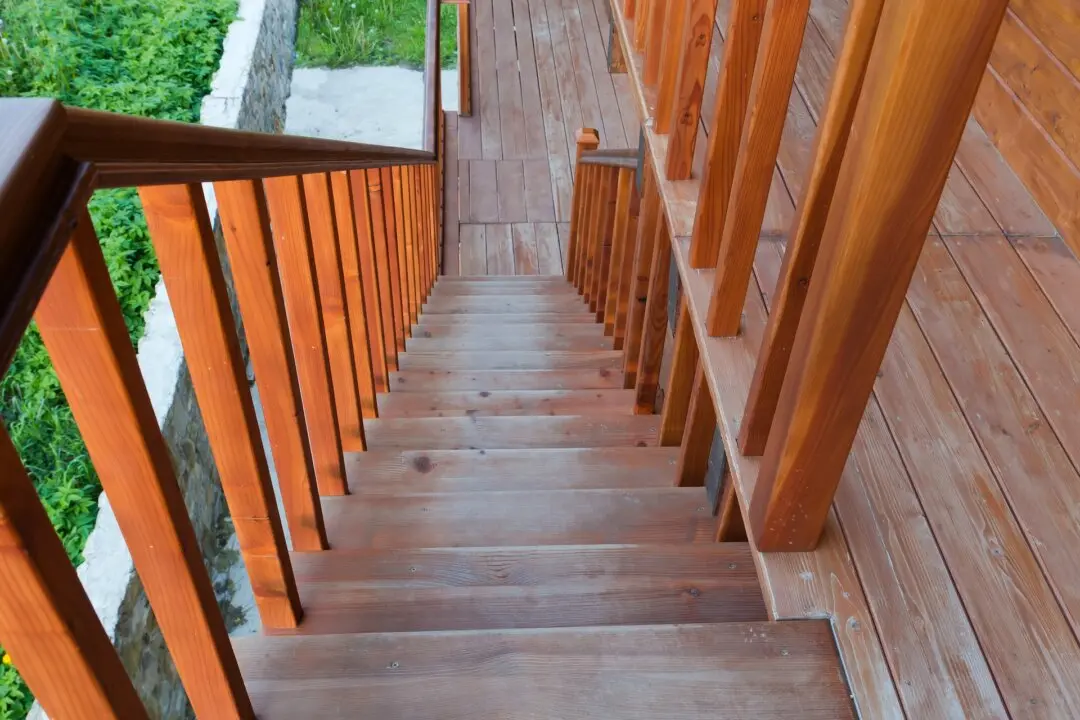Dear James: Between my husband and the children, something is always getting broken. I want to buy glue to repair what I can, but there are many types. What type is best and strongest?—Hannah S.
Dear Hannah: It can be overwhelming to look at the hardware store glue display and see so many different types of glue and application methods. The very first step in selecting glue is to make certain of the type of material or materials you need to repair.





